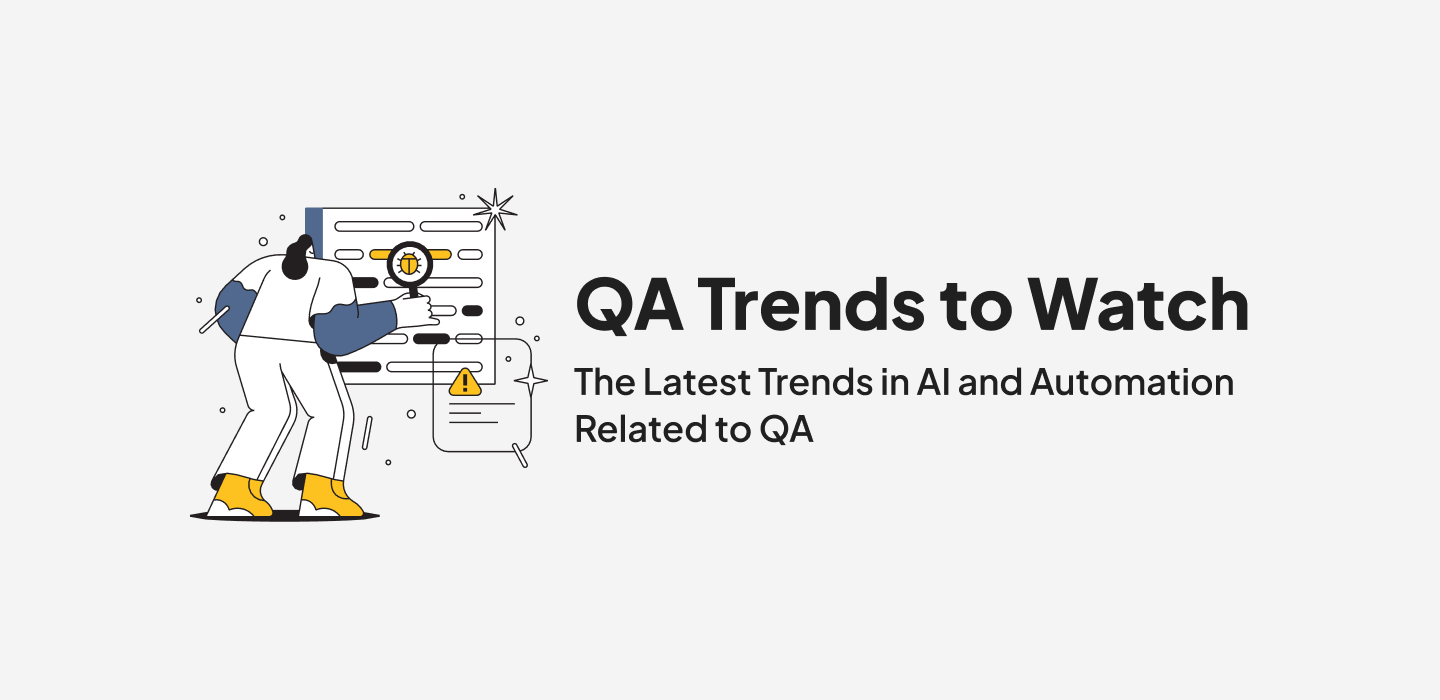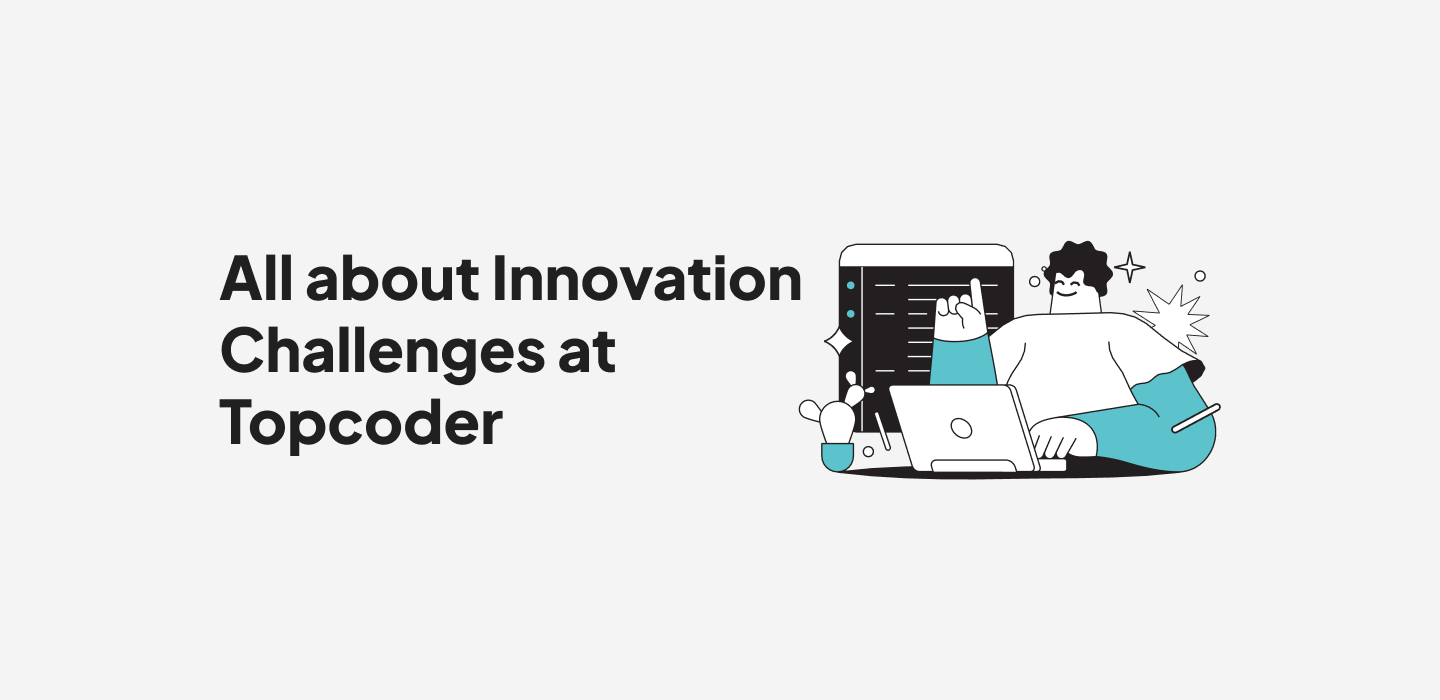July 13, 2021 How to Start Your Crowdsourcing Journey: Why a Portfolio of Projects is the Right Way to Begin
When you’re ready to start experimenting with crowdsourcing and on-demand talent, learn from organizations that have done it successfully. Sustainable crowd programs often follow traditional growth and maturity curves, both in the type of work being done and how they develop in scope and complexity with each successive stage. We strongly recommend you start with a portfolio of projects—3 or more at least, to set yourself up for success.
A “right-sized” portfolio will kickstart your journey towards ongoing crowdsourced capability. You’ll identify next-gen leaders, showcase legitimate internal demand, and get processes in place for true scale. Together these things accelerate crowd adoption much more effectively.
4 Reasons to Start with a Portfolio
- You’ll identify the innovators (which drives adoption)
Who are the right people to execute with crowdsourcing? Starting with a portfolio is a way to get a gravitational pull of the curious-minded. It draws out the people in your organization that want to be seen as innovators and want to do the next-gen work.
From a talent strategy perspective, this is an interesting thing to do. What happens when you give your full-time employees the power of the crowd, so they can become stronger, take on new work, and evolve their careers? If you limit yourself to smaller than a portfolio—starting one person or one project at a time—you’re not going to get that.
- You’ll identify crowd champions (which drives adoption)
The value in drawing out your next-gen workers is twofold—you’re identifying the bold and the curious, and you’re identifying potential leaders of your crowd program internally —people that will carry the mantle and run with it.
When you involve multiple stakeholders from the beginning you’re more likely to find crowd champions in that group. Crowd champions help showcase legitimate internal demand, and success breeds adoption. Action begets action, people receive praise and accolades for experimenting with crowd, and that drives curiosity and action from others.
- A portfolio provides a continuous stream of work (which drives adoption)
A continuous stream of work builds momentum. A portfolio of 3-4 projects is the goldilocks amount for initial engagement: not too big and not too small, but juuuust right. If you start with a singular project or project element, you won’t move the needle. If you start too big you run the risk of overwhelming your people and teams and never gaining traction.
With a portfolio, you also get to sample different ways the crowd can work for your organization. You can go wide with the type of work, involving multiple stakeholders, or if you can’t have multiple stakeholders, your portfolio should look at different things you can accomplish, e.g. UX/UI design, front and back end development, and the instrumentation of APIs.
- Starting with a portfolio helps with internal change management (which drives adoption)
Starting with a portfolio will innately challenge you to think about work, workflows and integrations. Contrast that to if you keep yourself singular project focused, you won’t. A portfolio is cross-functional and will have multiple teams involved, so you’ll want a way to think through a centralized point-of-view to establish ROI. Starting with a portfolio is a more mature viewpoint from the jump.
Practically speaking, that means asking questions like, ‘What tools do you normally use to get work done?’ What tool sets need integrations? How are you going to integrate your Git environments?’ If you’re starting with a portfolio, you’re going to have an opportunity to look at more of a bouquet of integrations. When you do the work up front, you’re going to be in a spot where you could entertain a wide portfolio from any part of your business.
From experimentation to true scale
Several organizations that we work with have become really mature in their approach to weaving crowdsourcing into their DevOps strategy. Paul Hlivko, CTO/CXO of Wellmark Blue Cross & Blue Shield, uses crowd as part of an all-in talent strategy. From a process standpoint, he emphasizes that first and foremost, the way work begins is the way work begins. Regardless of how the work is going to get done—through crowd, internal, or a specialized contracting source— he makes sure work starts the same way every time.
“When you’re looking to get technology work accomplished, we have a business process management in place. Crowd is really no different. Right? They engage with the shared services team. Then it’s the same as any other shared service. It’s inputs and outputs. The inputs largely are what problem are you trying to solve, does it fit the right criteria for crowdsourcing, what’s the timeline you’re after?” —Paul Hlivko
Start with a winning philosophy
This is not about siloed work that is happening in little innovation pods, that the business never really touches or never really cares to understand. Enterprise crowdsourcing is just a new way to get normal work done. By starting your crowdsourcing program from a portfolio viewpoint, you’re going to end up in a much more mature and stable state, much much faster. You’re going to have a new way to get work done that makes you and your team more powerful, and that’s actually scalable.
If you’re left asking, “What’s in it for me?” Check out this excerpt from our Ebook, 5 Questions You Must Answer When Looking to Adopt Enterprise Crowdsourcing:
There is a lot to gain, not the least of which is being seen as a visionary in your organization and praised as a leader in your industry.
- You and your team are going to outproduce other teams inside your organization. You will get more done in the same 24 hours a day that everyone has, and you will be recognized for that. If productivity and getting more done is important to you, that’s a benefit.
- Leaders at organizations who embrace Topcoder get promoted, their budgets grow and their teams grow. Fortune favors the bold. We have seen it time and time again. With success you gain favor, more opportunity, and will emerge as an innovator in your enterprise.
- You can be more powerful when you have access to the right talent. This provides you and your organization enterprise resiliency. You will be the key master to helping your organization get to a much more resilient place.
Download the full Ebook here.

Dhananjay Deshmukh
Global Sales Head


